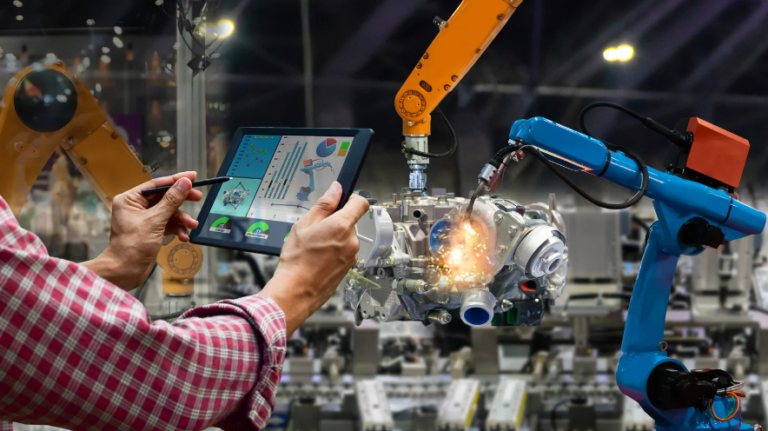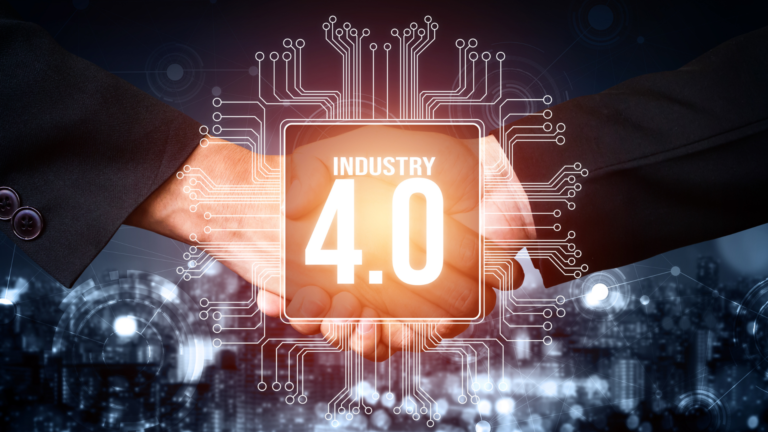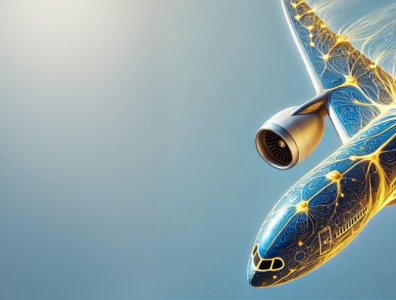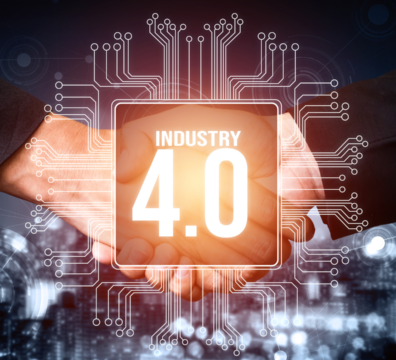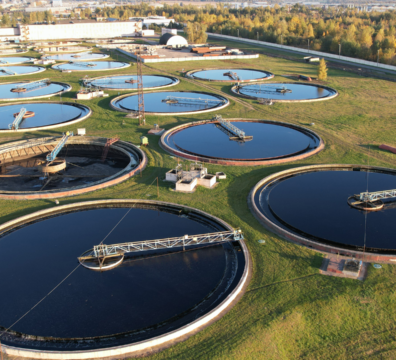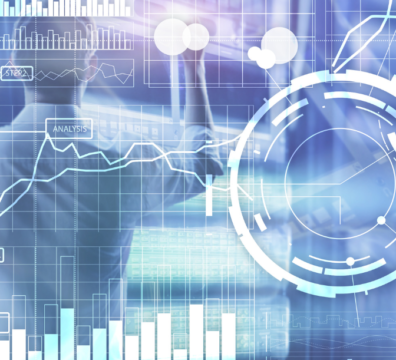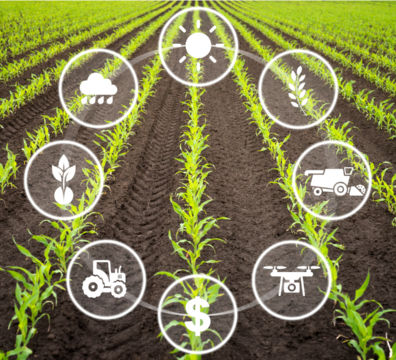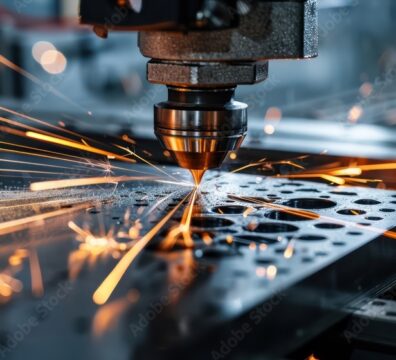Balancing operational efficiency, cost and sustainability is a strategic priority for organisations across all industrial sectors. But it’s easier said than done. Cost and Risk-Based Decision Support Systems (CRDSS) bring an advanced AI-powered approach to decision-making that integrates real-time data, advanced analytics and scenario modelling.
Balanced, strategic decision-making isn’t easy at the best of times. But in complex industrial processes, where data-driven decision-making must be based on insights from multiple sources, it’s arguably never been harder. In our previous blog, we looked at the role of Cost and Risk-Based Decision Support Systems (CRDSS) in allowing businesses to make proactive decisions that optimise efficiency, reduce costs and minimise risks. Here we explore how CRDSS is being applied across industries and its long-term benefits for modern businesses.
Use Cases of CRDSS in Industry
Complex regulations, complex processes, complex decision-making – regardless of the industry, balancing cost and risk against a backdrop of ever-increasing complexity is a significant strategic challenge. To put this in real-world context, let’s look at a couple of different use cases for CRDSS in helping organisations across sectors to meet these challenges.
1. Manufacturing: Enhancing efficiency and minimising downtime
Manufacturing environments present numerous challenges, from maximising efficiency to minimising costly downtime. CRDSS addresses these challenges by integrating production and maintenance key performance indicators (KPIs) into a single cost and risk model. By analysing these metrics, the system helps decision-makers balance operational efficiency with proactive risk management.
For example, CRDSS can predict equipment failures and suggest preventive maintenance schedules based on real-time data. This predictive capability helps manufacturers optimise resource allocation, avoid costly disruptions and ensure continuous production. Additionally, the system quantifies the financial impact of quality issues like defects and rework, enabling Zero-Defect Manufacturing and improving overall product quality.
2. Water & Wastewater Management: Optimising resources and reducing environmental impact
The water and wastewater industry grapples with regulatory demands, resource constraints and the need for sustainable water management practices. CRDSS plays a pivotal role in optimising these operations. Smart water management systems integrated with CRDSS allow utilities to monitor water distribution in real-time, detect leaks early and reduce water losses. By analysing data from smart meters and sensors, the system identifies inefficiencies, reducing operational costs and minimizing environmental impact.
In wastewater treatment, CRDSS identifies energy-efficient treatment technologies that minimise greenhouse gas emissions such as NO2. It also analyses the feasibility of water reuse programs, promoting circularity by recycling treated wastewater for industrial or agricultural use. This not only reduces freshwater consumption but also helps utilities meet sustainability regulations and standards. You can read more about evidence-based decision-making in the W&WWT sector in our recent blog.
Long-term benefits of CRDSS for balanced decision-making
But what balanced strategic decision-making mean in practice? CRDSS offers key benefits for businesses that enable them to effectively balance cost and risk in the decisions they make. These include, but are not limited to:
- Optimised Resource Allocation: By providing real-time insights into production costs, maintenance schedules, and operational risks, CRDSS helps businesses allocate resources efficiently and avoid unnecessary costs.
- Compliance with Environmental Regulations: As governments impose stricter environmental standards, CRDSS enables businesses to adjust operations in real-time to meet these regulations. This helps companies avoid penalties and enhances their reputation for environmental responsibility.
- Financial Sustainability: CRDSS identifies cost-saving opportunities, reduces waste and mitigates risks, enabling companies to improve their financial performance while adhering to sustainability goals.
- Supporting Circular Economy Initiatives: CRDSS enables businesses to simulate the financial and environmental impact of various circularity initiatives, helping them align economic goals with sustainability efforts. For example, the system can evaluate the cost-benefit ratio of using recycled materials or implementing closed-loop production systems.
Future trends and developments in CRDSS
Looking to the future as technology advances, CRDSS platforms are set to become even more integral to business strategy.
CRDSS will evolve to handle larger and more diverse datasets, integrating information from IoT devices, machine learning algorithms and external market trends. This Advanced Data Integration and Analytics will improve the precision of predictive models and support faster, more informed decision-making.
More sophisticated and enhanced ML and AI models will refine CRDSS’s predictive capabilities, enabling increasingly accurate forecasts of risks, such as equipment failures and market fluctuations. This will also lead to more automated decision-making in certain areas, optimising efficiency with minimal human intervention.
And sustainability and circularity will become core drivers in business decision-making. Future CRDSS platforms will incorporate more advanced sustainability metrics, allowing businesses to track performance against environmental goals more accurately. This will help companies stay competitive in an increasingly sustainability-conscious market.
Conclusion
As industries continue to navigate the complexities of operational efficiency, cost management, and sustainability, CRDSS offers a strategic advantage. By integrating financial, operational, and environmental data into a single platform, businesses can make proactive decisions that align with long-term goals.
Z Prime’s Genomic AI platform represents a cutting-edge approach to CRDSS, combining advanced AI capabilities, real-time industrial data analytics and sustainability integration. This enables businesses to achieve financial sustainability while meeting environmental objectives – a critical balance in today’s competitive and regulated market.
To find out more about CRDSS and how it can help your business with balanced decision-making, download our whitepaper here.



